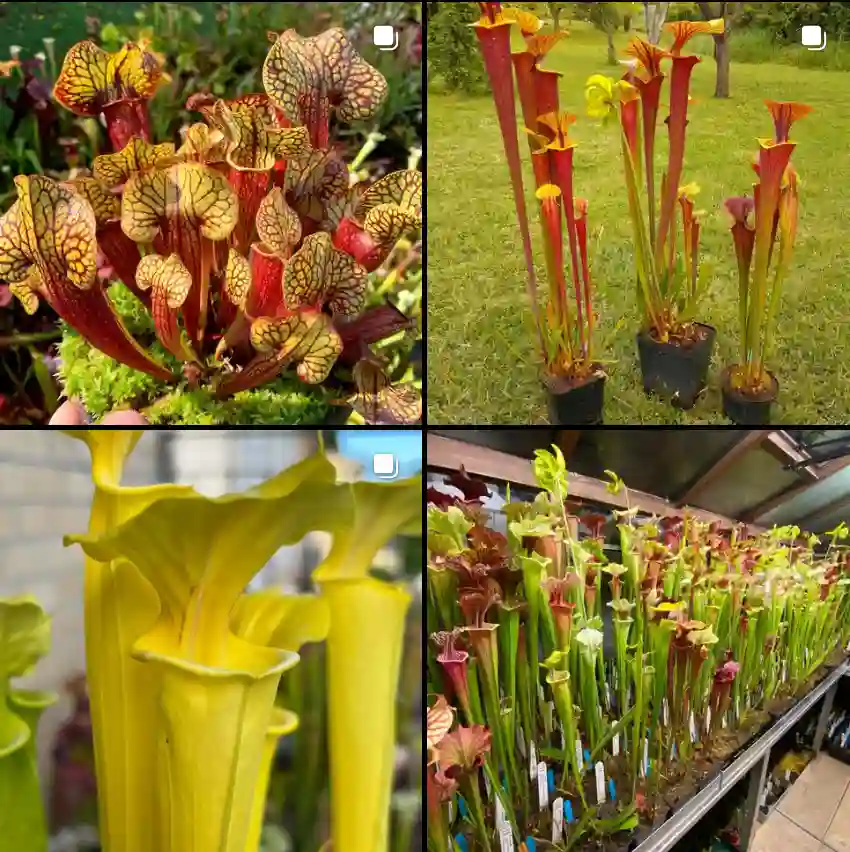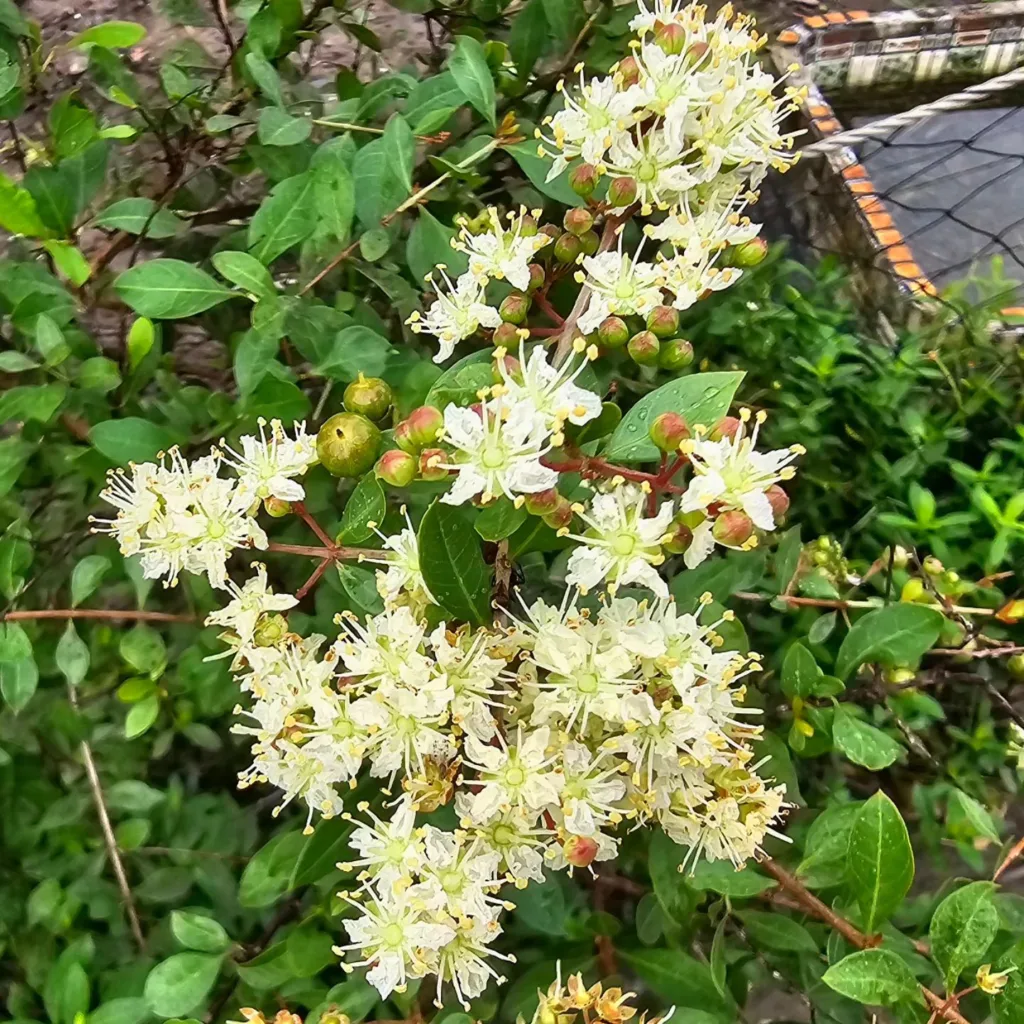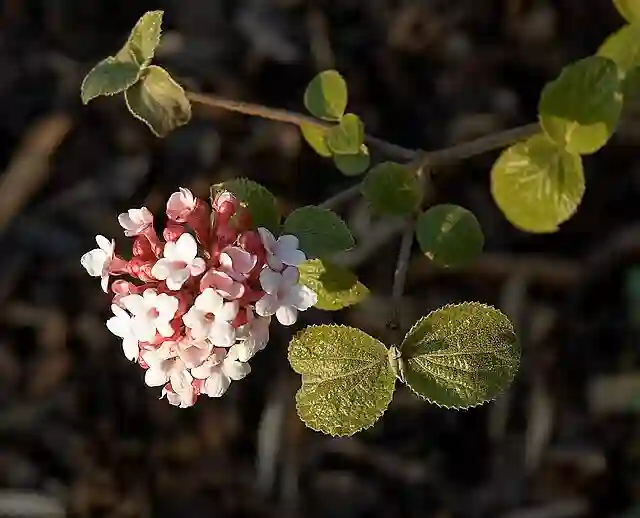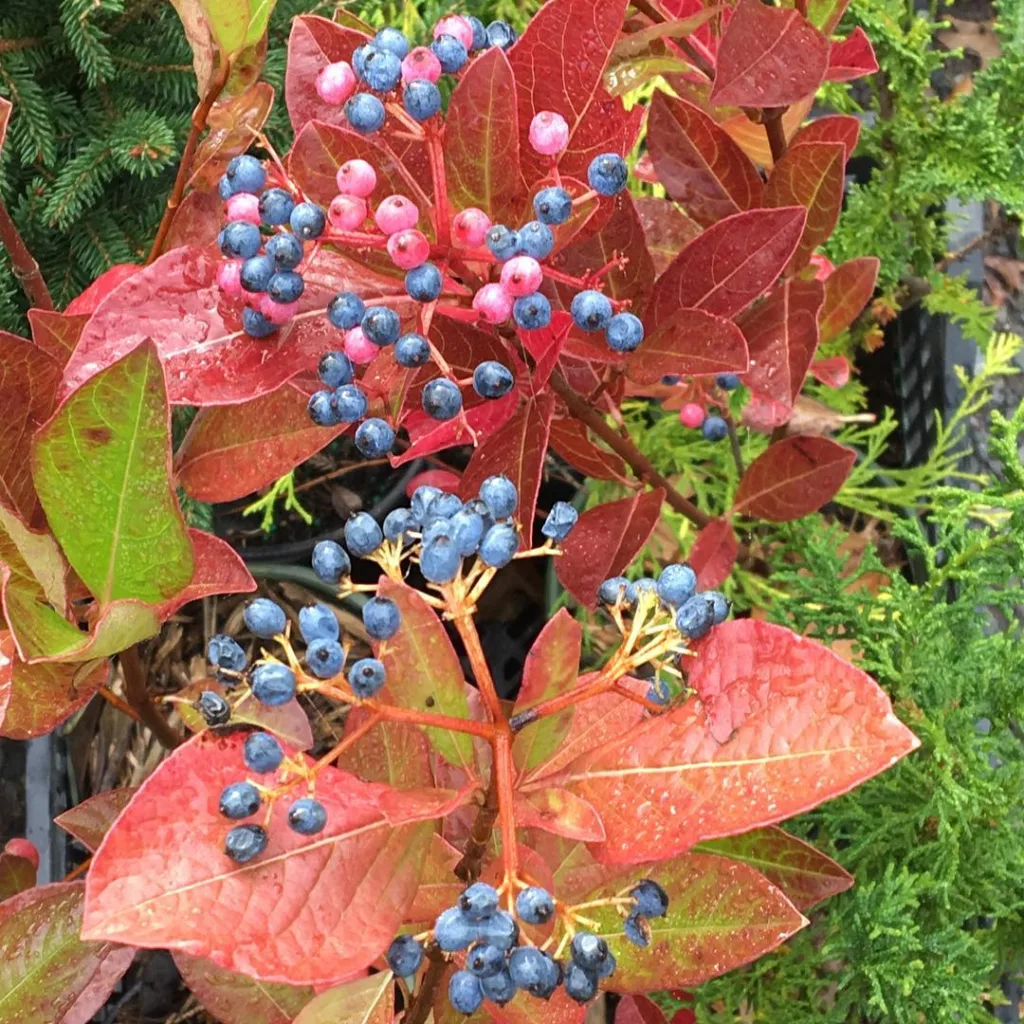What is Acalypha Australis?
Acalypha Australis, also known as Asian Copperleaf or Redroot Amaranth, is a herbaceous annual plant native to East Asia. This plant is part of the Euphorbiaceae family, known for its diverse range of species. Acalypha Australis stands out with its bright green leaves and red stems, which can add a pop of color to any garden or landscape. It grows up to 1-2 feet in height, making it suitable for both ground cover and container planting.
432 Species in Genus Acalypha – Copperleaf – Chenille Plant
How to Care for Acalypha Australis?
Caring for Acalypha Australis is quite straightforward, making it a great choice for both beginner and experienced gardeners. Here’s how I typically care for mine:
- Light: Acalypha Australis thrives in full sun to partial shade. I’ve found that placing it in a spot where it gets at least 4-6 hours of sunlight each day works best. Too much shade can result in leggy growth and fewer flowers.
- Water: This plant enjoys consistent moisture but doesn’t like to sit in water. I water my Acalypha Australis regularly to keep the soil moist but not waterlogged. During hotter months, you might need to increase watering frequency to prevent the soil from drying out.
- Soil: Well-draining soil is crucial for Acalypha Australis. I use a mix of garden soil and compost to provide nutrients while ensuring proper drainage. Adding a layer of mulch can help retain moisture and keep the roots cool.
- Fertilizer: While Acalypha Australis isn’t a heavy feeder, applying a balanced, water-soluble fertilizer every month during the growing season can promote healthy growth and vibrant foliage.
- Pruning: Regular pruning helps maintain the shape and encourages bushier growth. I usually trim back any leggy stems or dead flowers to keep the plant looking its best.
How to Propagate Acalypha Australis?
Propagating Acalypha Australis is a fun and easy process. There are two main methods: seeds and cuttings.
- Seeds: Collect seeds from mature plants and sow them in well-draining soil. I like to start seeds indoors a few weeks before the last frost date. Keep the soil moist and provide plenty of light. Once the seedlings are big enough to handle, they can be transplanted outdoors.
- Cuttings: Another effective way to propagate is through stem cuttings. I take a 4-6 inch cutting from a healthy plant, remove the lower leaves, and place it in water or moist soil. Roots typically develop within a few weeks, after which the new plant can be potted.
What to Plant with Acalypha Australis?
When planning my garden, I often pair Acalypha Australis with plants that complement its vibrant foliage. Here are a few companions that work well:
- Coleus: With its colorful leaves, Coleus contrasts beautifully with Acalypha Australis. Both plants enjoy similar growing conditions, making them perfect partners.
- Begonias: I find that the bright flowers of Begonias pair well with the foliage of Acalypha Australis. They also share similar light and water requirements.
- Hostas: For a more subdued look, I sometimes plant Acalypha Australis with Hostas. The lush green leaves of Hostas provide a nice background, highlighting the red stems of Acalypha.
Is Acalypha Australis Toxic?
Yes, Acalypha Australis can be toxic if ingested. The plant contains compounds that can cause irritation to the digestive system. I always recommend planting it out of reach of pets and children to avoid accidental ingestion.
Benefits of Growing Acalypha Australis
There are several benefits to growing Acalypha Australis in your garden:
- Ornamental Appeal: The striking red stems and bright green leaves make it a standout in any garden. I love how it adds color and texture, especially in border plantings or mixed containers.
- Low Maintenance: This plant is relatively easy to care for, making it a good choice for gardeners of all experience levels. With regular watering and occasional feeding, Acalypha Australis thrives without much fuss.
- Wildlife Attraction: Acalypha Australis can attract beneficial insects, such as pollinators, to your garden. This helps promote a healthy and vibrant ecosystem.
Common Problems with Acalypha Australis
While Acalypha Australis is generally hardy, it can encounter some issues. Here’s what to watch out for:
- Pests: Aphids and spider mites are common pests that can affect Acalypha Australis. I usually spot-treat infestations with insecticidal soap or neem oil to keep them under control.
- Diseases: Overwatering or poor drainage can lead to root rot. Ensuring the plant is in well-draining soil and not overwatered is key to preventing this issue.
- Leaf Drop: If Acalypha Australis experiences sudden leaf drop, it could be due to environmental stress, such as changes in temperature or light. Keeping conditions consistent helps prevent this problem.
Comparing Acalypha Australis to Similar Plants
Acalypha Australis is often compared to other members of the Acalypha genus, such as Acalypha Wilkesiana, also known as Copperleaf. While both have ornamental value, Acalypha Wilkesiana has larger, more variegated leaves, and is often used for more dramatic landscape designs. Acalypha Australis, being more compact, is ideal for smaller spaces or as a filler in mixed plantings.
Conclusion
Acalypha Australis is a versatile and attractive plant that can enhance the aesthetic of any garden. With its ease of care, vibrant appearance, and ability to attract beneficial wildlife, it’s a valuable addition to any plant collection. Whether you’re a novice gardener or a seasoned pro, Acalypha Australis is sure to bring beauty and interest to your outdoor space.
If i die, water my plants!



